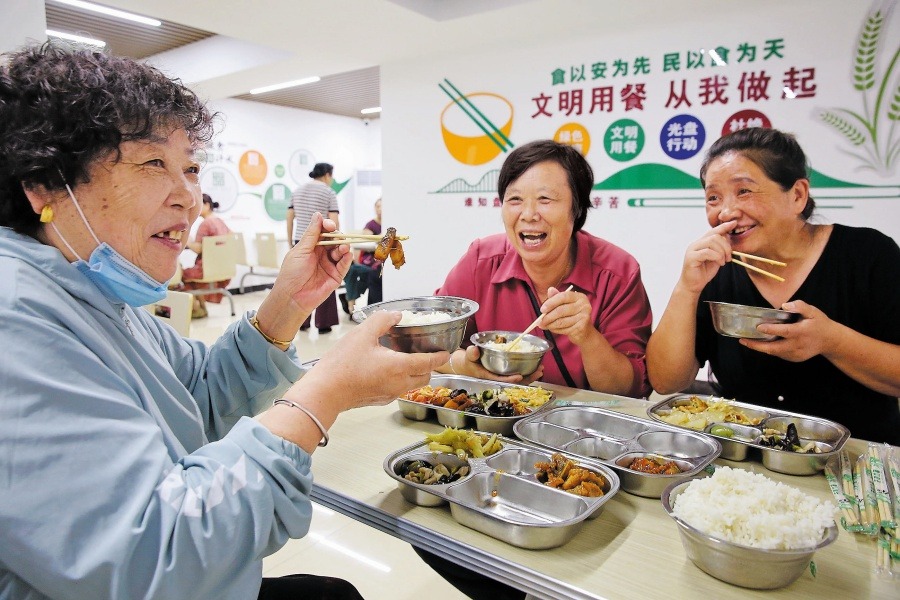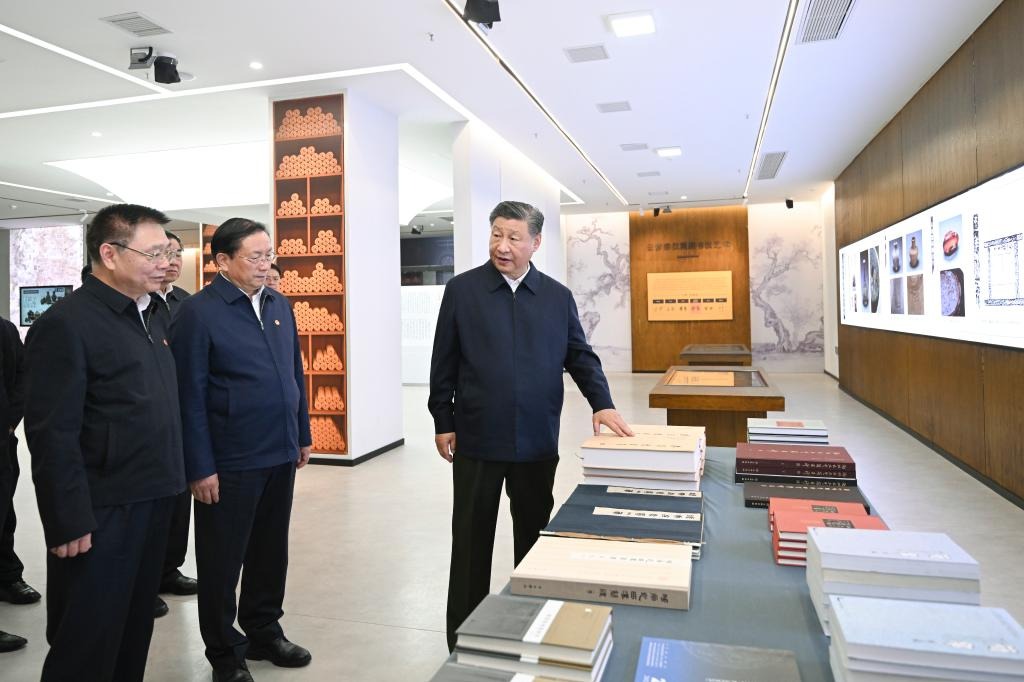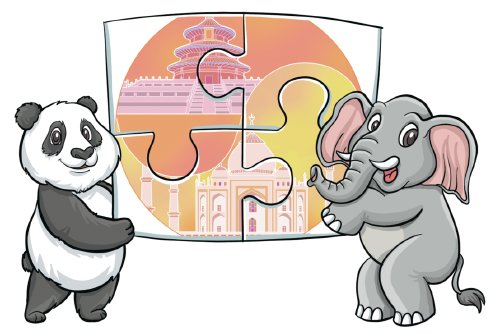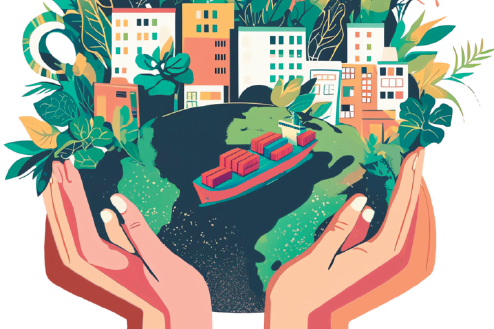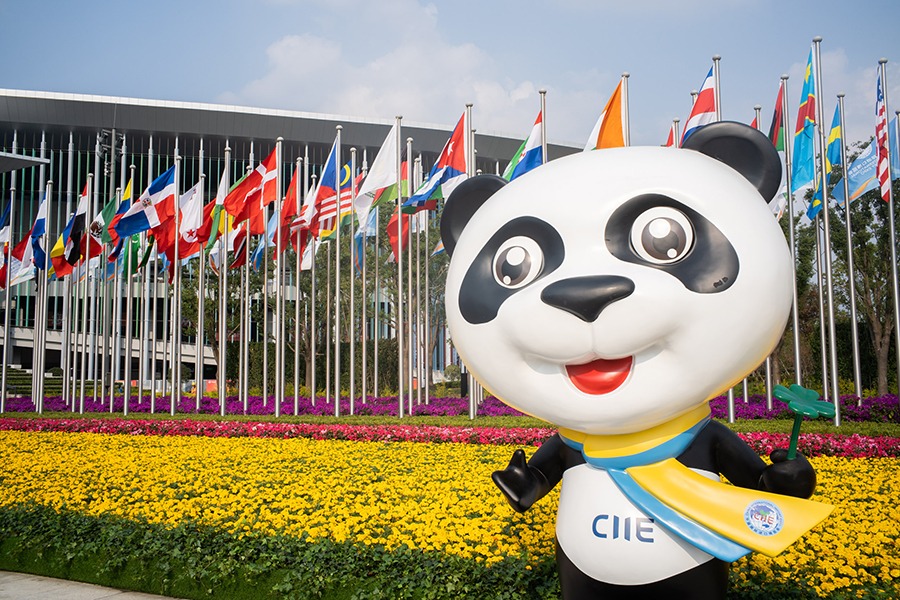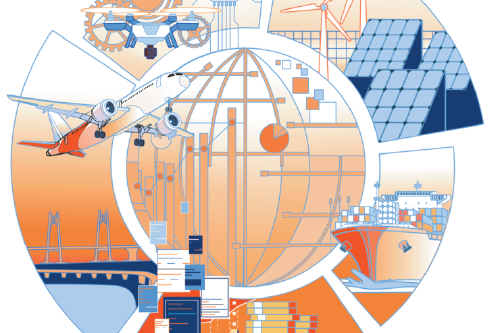Managing success for new challenges ahead
The upgrade of the ASEAN-China FTA will bring enduring peace and shared prosperity to the region

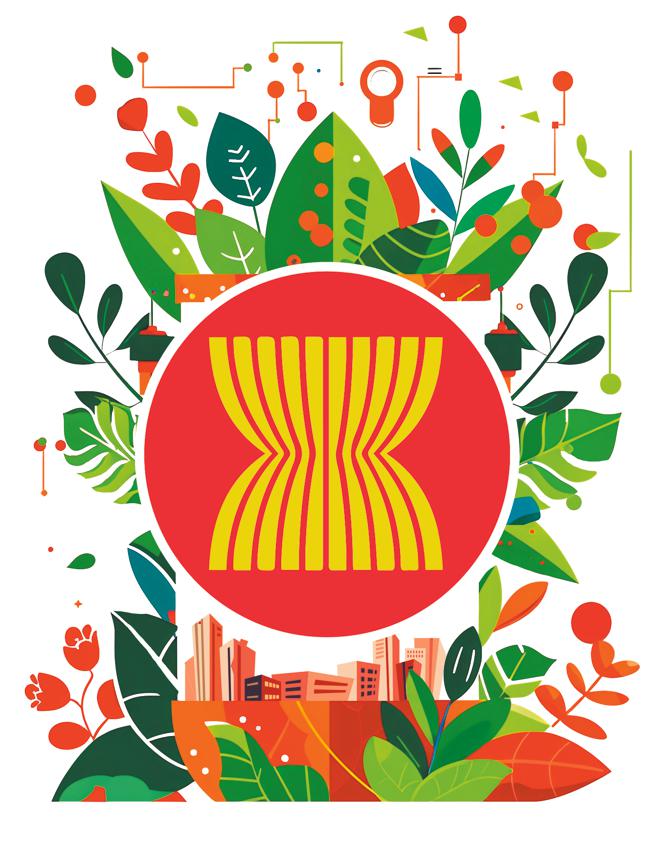
As the Belt and Road Initiative enters the second decade of implementation, its sphere of global outreach has been growing with gusto. Over 150 countries across the world have endorsed the mammoth endeavor of economic integration by participating in the China-led multilateral cooperation.
"High quality" is now a new benchmark set for the mega deal. New drivers for economic growth and areas for collaboration have, by and large, been earmarked at the third Belt and Road Forum for International Cooperation last year. Nonetheless, this is still very much dictated by the changing dynamics of the respective regions.
The substantial conclusion of the upgrade negotiations on the ASEAN-China Free Trade Area 3.0, announced at the 27th China-ASEAN Summit last month, came as a timely triumph for economic integration and multilateral cooperation at a time when external powers are indulging in incessant wedge-driving and sowing of discord in the Asia-Pacific region.
The ASEAN-China FTA has been the institutional cornerstone of economic and trade relations between China and the 10-member bloc. The conclusion of the latest upgrade with the inclusion of consumer protection and competition provisions signifies a landmark breakthrough beyond traditional cooperation, underscoring the increasing significance of the consumer protection regime, alongside transparency in competition since the previous upgrade.
Through this agreement, cooperation and coordination in consumer protection and competition, particularly in digital transaction, is all set to be enhanced.
While certain quarters among retailers in Southeast Asia echo the West-instigated calls for imposing anti-dumping tariffs against the influx of Chinese inexpensive goods, the new provisions on consumer protection and competition perhaps can provide a timely solution to address the latent woes. Undeniably, some micro, small and medium-sized homegrown enterprises might have their survival threatened. But to label normal trade transactions as "overcapacity-induced dumping" is certainly too far-fetched to accommodate. The discerning negotiators from both China and the Association of Southeast Asian Nations are astute enough to not be baited by such assertion driven by geopolitical dynamics.
Meanwhile, the new upgrade witnessed a significant positive shift in the integration of standards and regulations that paves way for mutual recognition of conformity assessment results, notably in sectors such as new-energy vehicles and electronics. This inclusive move will help establish an institutional framework for aligning standards between both sides.
All in all, the updated version focuses on digital trade and sustainable development aside from providing ongoing support to micro, small and medium-sized enterprises, alongside building a more resilient supply chain to keep trade and investment markets open for long-term growth. This, in itself, is a strong booster to the globalized free trade amid escalating protectionism and fragmentation.
All the positivity seems to bode well for the continuous bolstering of ASEAN-China economic cooperation, upon which underpinned the new phase of BRI implementation. In this context, geopolitical disruption, notably the recent maritime confrontation brought up by the Philippines against China over the territorial waters dispute, will continue to put the cooperation to test.
Backed by the United States and its allies outside the region, Manila is becoming increasingly vocal and defiant by prioritizing its dispute with Beijing at the expense of common good to be reaped from the enduring ASEAN-China economic cooperation.
While we are ushering in a new phase of high-quality BRI cooperation primarily characterized by digital economy and green economy, the quest for homegrown innovation among the ASEAN member states through technology cooperation with China stays real and relevant.
By the same token, the Chinese technology entrepreneurs should also look beyond mere market penetration for their products. Their mature experience and expertise in new turfs such as digital economy and green energy transition will help boost the homegrown innovation in Southeast Asia, which is still very much strait-jacketed by deficiencies in capital and technology know-how.
This is reminiscent of the dire need to narrow the infrastructure and finance gap in ASEAN before the BRI was rolled out. In this context, the focus on developing the digital and green economies is no longer synonymous with mere trade in goods and services, but also encompasses capacity building through technology cooperation. The new twin pillars of economic development earmarked for ASEAN-China cooperation are well poised to shape the sustainability of ASEAN in the years to come, consistent with the United Nations 2030 Sustainable Development Agenda.
In this regard, the China-initiated Global Development Initiative is a perfect vehicle to foster ASEAN-China sustainable economic cooperation. This goes far beyond mere trade as is intended in the free trade agreement.
While the wide encompassing BRI serves as a broad framework for fostering multi-lateral and multi-dimensional connectivity that is driven by the ideal of building a global community with a shared future, the three global initiatives rolled out by China are more dedicated to addressing specific collective needs and global challenges. The raft of initiatives was offered as China's solution in response to the arising exigencies. It is a groundbreaking move to reset the ailing world order.
ASEAN may endeavor to embark on a sustainable economic development path alongside China via the Global Development Initiative with the facilitation of the ASEAN-China FTA 3.0. But it doesn't mean to negate the possibility of fostering a parallel ASEAN-China collaborative mechanism through the Global Security Initiative or Global Civilization Initiative to address common exigencies or promote civilizational engagement.
The successful conclusion of the upgrade negotiations on the FTA is merely a positive step facilitating the ASEAN-China cooperation, marking a landmark move to bring enduring peace and shared prosperity to the vast region of over 2 billion people.

The author is president of the Belt and Road Initiative Caucus for Asia Pacific (BRICAP). The author contributed this article to China Watch, a think tank powered by China Daily. The views do not necessarily reflect those of China Daily.
Contact the editor at editor@chinawatch.cn.

















